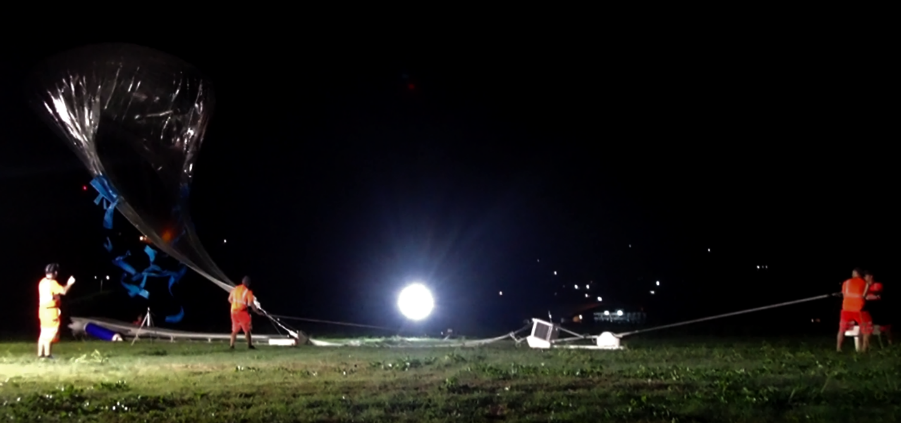Stratéole-2Strat (stratospheric) éole (winds) in the tropicsDuration: 2017 - 2025 Contact: albert.hertzog@lmd.polytechnique.fr, stephanie.venel@cnes.fr, edeweave@nsf.gov |
Strateole-2 is a French-US project to study climate processes in the tropical tropopause layer (TTL) and in the lower stratosphere. The project originality arises from the use of CNES superpressure balloons capable of drifting for several months between 18 and 20 km altitude. These platforms will be used to make highly resolved in situ measurements of winds, temperature, pressure, water vapor, ozone, carbon dioxide, and aerosol/clouds; and remote measurements of cirrus, upwelling radiation, and temperature. Strateole-2 will release a total of nearly 50 long-duration balloons in three separate campaigns between 2019 and 2024. Balloons are released from Mahé international airport, Seychelles, with the local support of Seychelles Meteorological Authority. The scientific goals are to improve the understanding of:
The Engineering Flight campaign was completed from November 2019 - February 2020 with the goal to flight test all instruments, gondolas, and balloon configurations. Eight balloons were released between mid-November and mid-December 2019, five for remote measurements, drifting at 20 km, and three for in situ measurements, drifting at 18 km. The balloon flight lifetimes ranged from 57 to 108 days, with most completing 1.5 circumnavigations of the Earth between 10°S and 10°N. The campaign was successful in flight certifying the instruments, with suitable improvements, and the flight operations.
The first Science Campaign is planned for November 2021 - February 2022 and will release up to 20 balloons. A second Science Campaign, with a similar number of balloons, is planned for 2024-2025 to capture the opposite phase of the quasi-biennial oscillation.
